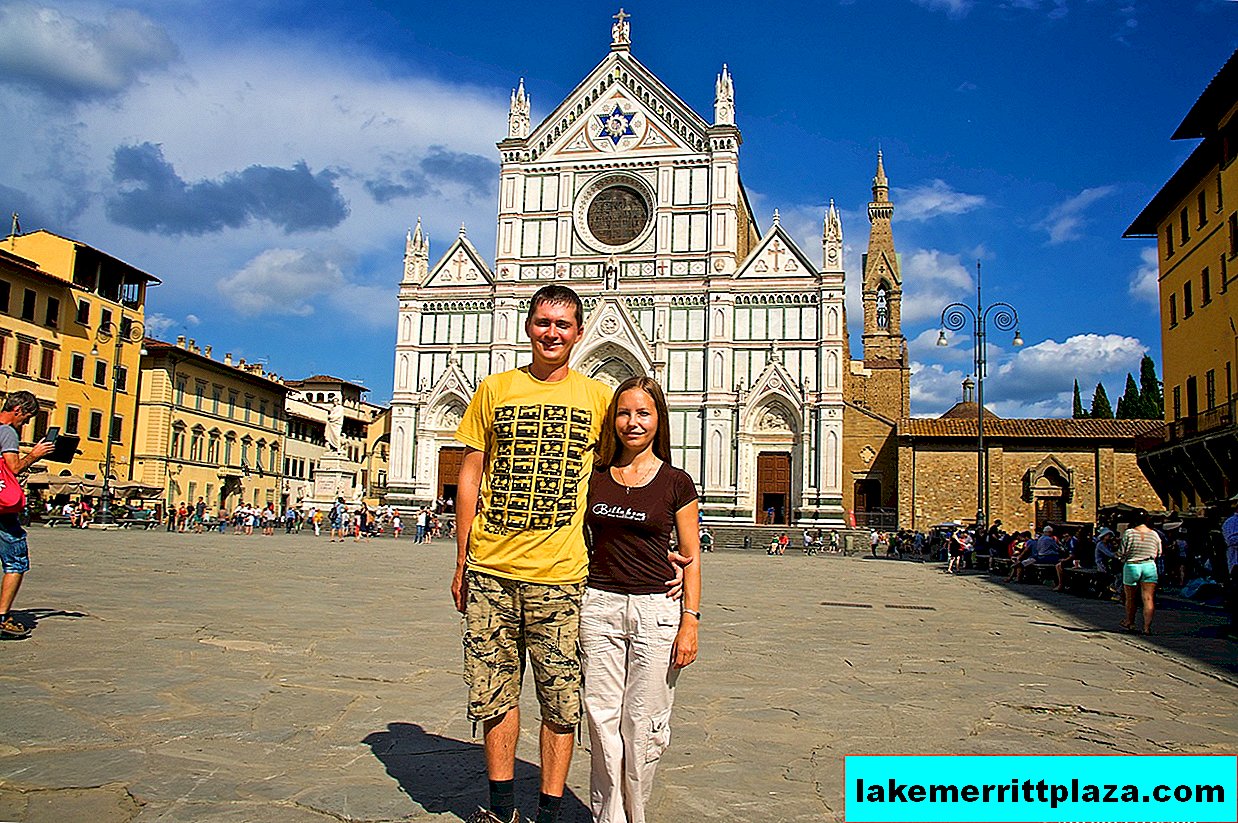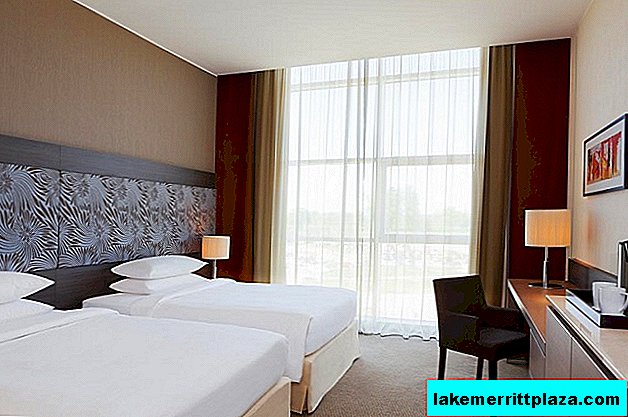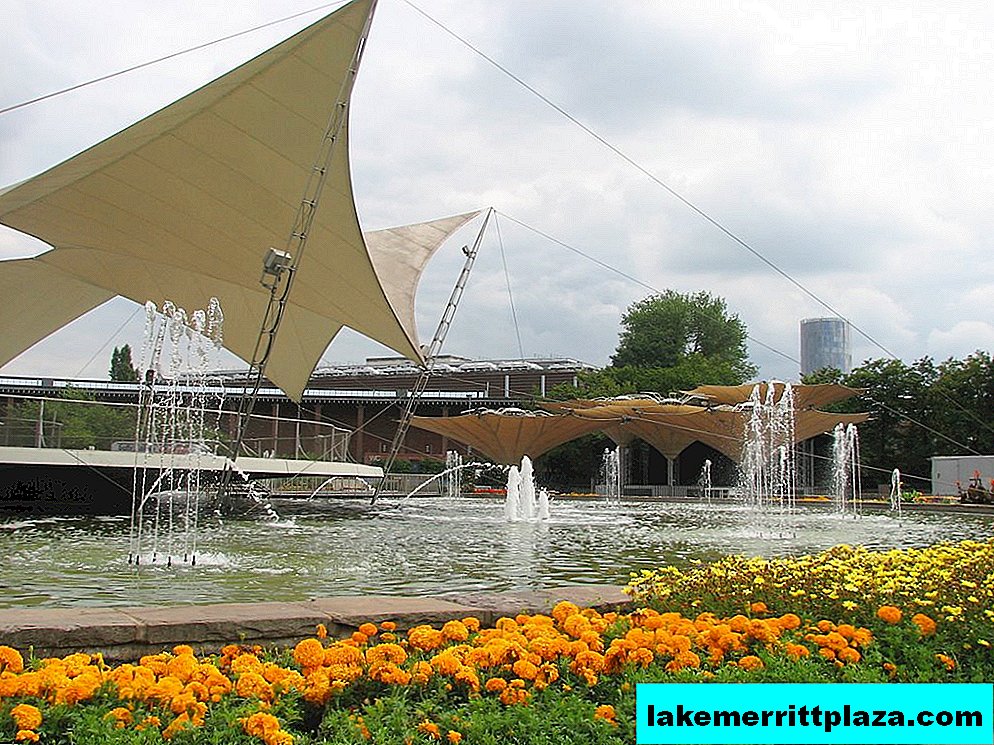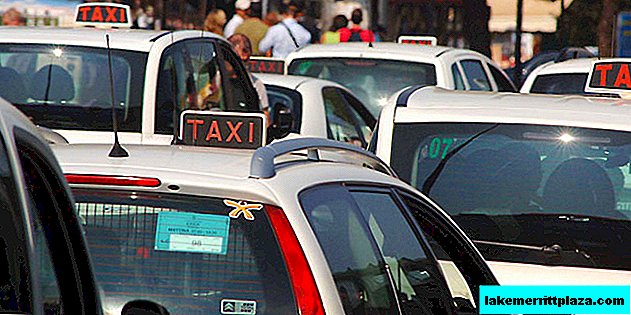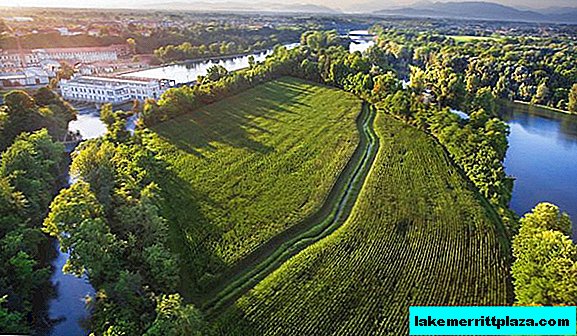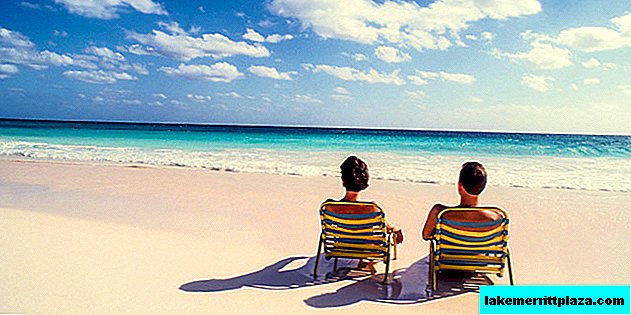Almost 90% of European cities have exceeded the norms of permissible air pollution, but not one can be compared with Italy: the worst situation is in Padua, and of the 30 most polluted cities in Europe, 23 are Italian.
Although pollutant emissions across Europe have declined, 88% of European cities are still exposed to substances recognized by the World Health Organization (WHO) as harmful to the body. This was the conclusion of the European Environment Agency in its latest study on air quality in Europe. Padua was the first in the list of the most polluted cities, another 22 Italian cities were not far behind.
Reflecting the overall picture in Europe: the number of especially unhealthy super-fine suspended particles in the air exceeds the permissible norm in 91-96% of cases (according to the Pm 2.5 standard), the concentration of surface ozone (again, the most dangerous) exceeds the WHO 97-98% of cases.
Padua is "dirtier" than everyone ... but not alone

In 2011, over 104 days, the maximum permissible limits of air pollution were exceeded in the city. “In 2012, the situation did not improve much,” comments Lucio Passi, representative of Legambiente in Padua. “Last year, 90 days were recorded with excess ozone levels.”
We recommend reading about: sights of Padua

The cause of the problem lies in the massive use of vehicles. “The regional authorities can no longer hesitate in applying serious measures that would reduce the number of cars on the roads, and with them the level of smog,” Passy continues.
Catastrophe in the Padan Plain
According to the ozone content, Padua is followed by Lecco, in which in 2011, for 100 days, experts recorded an excess of WHO standards. Next comes the Spanish Cáceres, and then again Italy: Pavia, Reggio, Emilia, Treviso and Parma, Verona and Varese, Modena, Udine and Novara. Italy holds an absolute record with indicators three times higher than normal, while the most polluted area of the country is the Padan Plain, including its agricultural land.

The main problem remains transport, followed by industry, agriculture and building heating. "The current situation affects the quality of life of citizens, since air pollution causes diseases of the respiratory system and reduces the life expectancy of the population," said agency director Hans Bruinings. Then he turned to Europeans with a request to reduce the level of their negative impact on the environment, which depends on the means of transport that they choose to travel.

